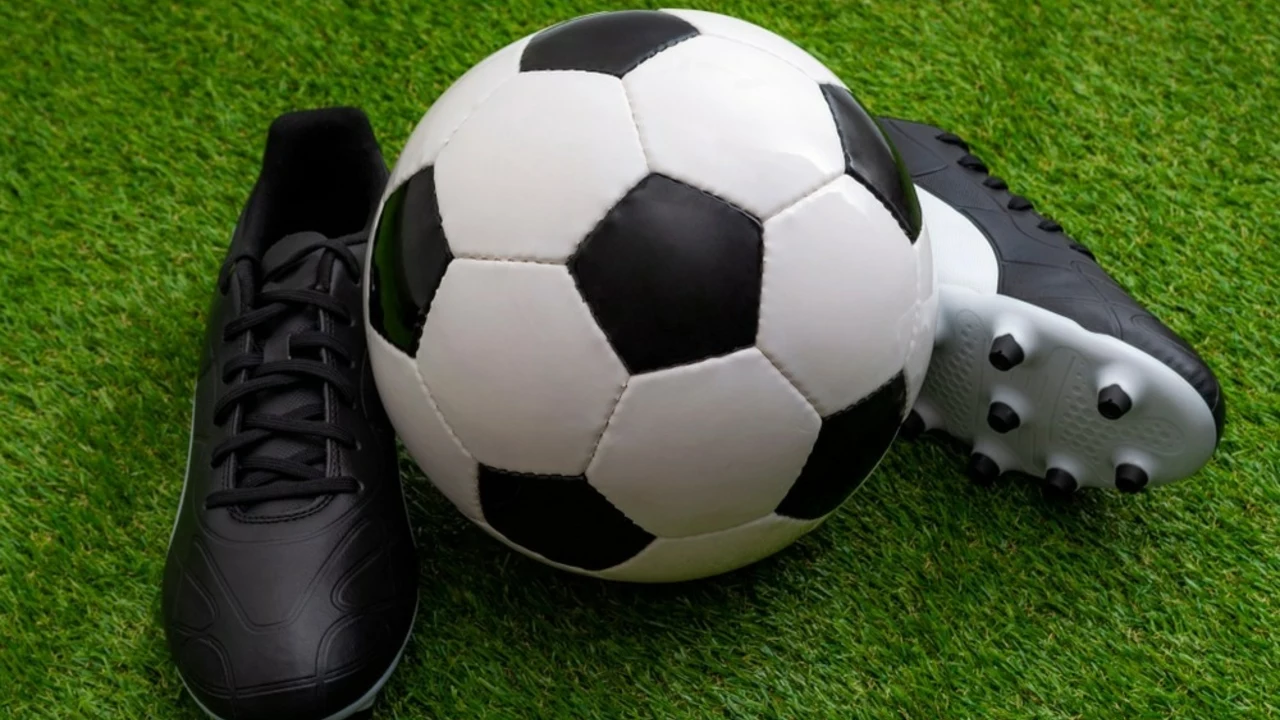Soccer Cleats: What You Need to Know Before You Buy
When you step onto the pitch, the right cleats can be the difference between a smooth run and a painful tumble. Most players think any shoe with spikes will do, but the truth is a bit more specific. Below you’ll get the low‑down on materials, legality, and how to pick a pair that fits your style and the rules of your league.
Material Matters: Plastic, Rubber, or Metal?
Most amateur leagues ban metal cleats because they can cause serious injuries during tackles. Plastic and rubber are the safe bets – they give good grip without the danger of tearing up an opponent’s shin. Some high‑level competitions still allow metal spikes, but they usually come with stricter oversight. Before you buy, check your league’s handbook or ask the coach – a quick glance can save you a costly replacement.
Fit, Comfort, and Performance
Comfort isn’t just a nice‑to‑have; it directly affects how you move. A snug fit keeps the shoe from sliding inside your foot, which helps you react faster. Look for a cleat that hugs the arch but still lets your toes wiggle a little. If you can, try them on with the socks you normally wear in games – that’s how they’ll feel on match day. Also, consider the field type: firm ground (FG) cleats work best on natural grass, while artificial turf (AG) shoes have shorter, more spread‑out studs to reduce tearing.
Another thing people overlook is the weight of the cleat. Lighter shoes help you sprint quicker, but they can feel less stable if you’re used to a heavier model. If you’re new to the game, start with a mid‑weight option that offers a good balance of grip and support.
Maintenance is simple but often ignored. Clean the studs after every match to prevent mud buildup, which can make the cleat slip. A quick wipe with a damp cloth and a dry brush does the trick. Store them in a cool, dry place – heat can warp the plastic and affect the fit.
Finally, think about your budget. You don’t need a top‑of‑the‑line brand to play well. Many mid‑range cleats offer the same technology as premium models but at a fraction of the price. Look for sales during the off‑season; you’ll often find good deals that last for years.
Bottom line: pick cleats that match your league’s rules, suit the surface you play on, and feel comfortable from the first step. With the right pair, you’ll run faster, change direction smoother, and stay safer on the field. Happy shopping, and enjoy the game!

- Jul, 27 2023
- 0 Comments
- Finnegan Callaghan
Why are soccer cleats different than football cleats?
So, you're wondering why soccer cleats and football cleats aren't identical twins, right? Well, first off, soccer cleats are like the ballerinas of sports footwear - they're lightweight and designed specifically for swift, agile movements. Football cleats, on the other hand, are more like the heavyweight boxers, with extra support for all the rough and tumble action. The cleat pattern is also different - soccer studs are uniform for even pitch grip, while football cleats have a variety for specific positions. In the end, it's like comparing apples and oranges, they're both made for kicking, but in very different ways!
Read More